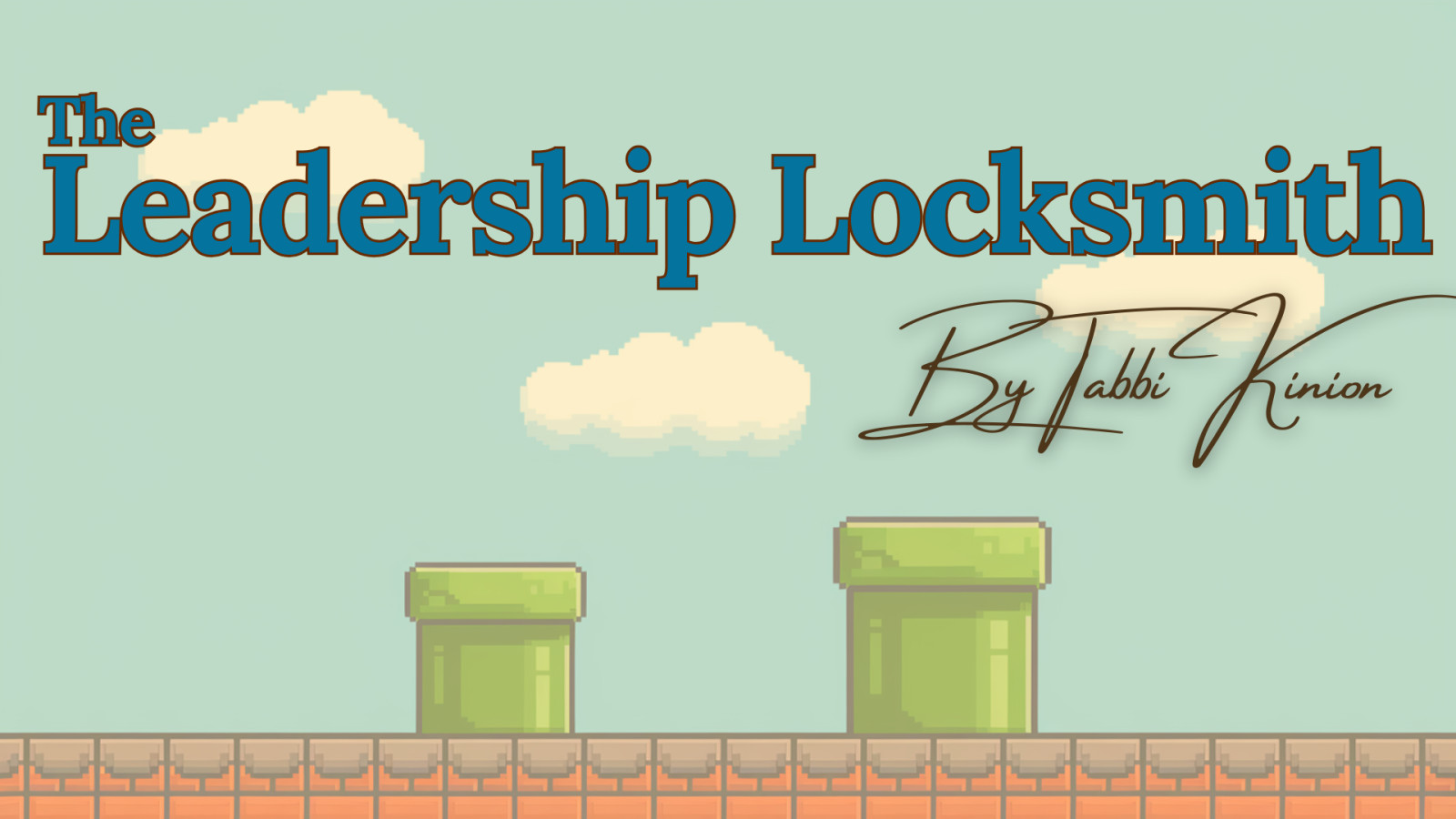
Unless you've been able to avoid social media, the news, and other people completely, you know that the United States is experiencing some serious political turmoil. From the heated debates about responses to the ICE operations in LA to passionate discussions about the proposed federal budget, not to mention some very public feuds in the halls of power, the political landscape is as divided as opinions about whether or not pineapple belongs on pizza.
And, as the leader of a team, you're probably thinking: "Great. Now I have to manage the budget, strategic plan implementation, AND keep my team from starting a mini civil war by the copy machine."
Leadership is hard on a slow-news day. So, with the 24-hour news cycle dropping something new every 15 minutes, your first instinct might be to declare your workspace a "politics-free zone."
Just don’t talk about it. Keep it to yourselves.
Problem solved, right?
Not quite.
Why "No Politics" Rules Usually Backfire
Here’s the thing - you have worked hard to create a workplace where your employees feel valued and like they can bring their whole self to work. So, if you were to try to ban political discussions entirely, you would damage this psychologically safe culture you've worked so hard to build.
All of a sudden, you will be seen as trying to micromanage their conversations. Let’s say I were your boss. If I had spent months or years building a relationship with you and then suddenly told you never to discuss (insert your favorite person, pet, or hobby here) because I don’t want to deal with how it impacts your life, how would that make you feel? Would that damage our trust and working relationship?
When we tell people they can't talk about something that matters to them, we are saying, "Leave that super important part of yourself at the door." This runs counter to the honest and productive environments we try to create. And I don’t need to pull up those decreased productivity and thereby decreased revenue numbers for you, do I?
Plus, let's be real, these conversations will happen anyway, just in whispers behind your back and without your guidance, which will damage your relationship with your team.
The Better Approach: Boundaries vs. Bans
Instead of trying to control what people talk about, focus on setting expectations about how they talk about contentious topics. This subtle shift is the difference between being the leader everyone avoids versus the leader everyone respects.
Setting Boundaries
Remember when you set that boundary about not checking email after 7 pm? Or when you clarified expectations about meeting preparation? You're probably already a boundary-setting pro! (If not, it’s time for a leadership coach to come alongside you and help you out!)
Setting boundaries around political discourse at the office or worksite works the same way. Identify what your team needs to feel safe and productive, communicate the expectation clearly (no beating around the bush! Start the sentence with the words “I expect that if you are going to discuss political situations, you… ), and hold to these boundaries even when it gets tough. Think of this as creating guardrails for conversation in a professional setting, not setting out roadblocks. Your team will thank you for providing structure rather than silence.
This week's leadership code word is Curiosity
There is a boundary that the research recommends to leaders in your shoes (which is consistent in the Harvard Business Review, Psychology Today, and the MIT Sloan Management Review). Create expectations that if politics is the topic at hand, employees are expected to approach their differences with respect and stay curious - they should seek to understand their differences.
So, rather than letting your team fall into debate mode (where the goal is to win), encourage them to adopt a learning mindset.
Here's how to encourage respectful and curious conversations:
- Model the respectful behavior - people do what you do, not what you say
When political topics arise, demonstrate how to engage constructively. Use phrases like "That's an interesting perspective. I'd love to understand more about how you arrived at that view." - Focus on learning, not convincing
Remind your team that the goal isn't to change minds but to understand different perspectives. Research shows that employees who use these communication strategies are five times more likely to be seen as diplomatic. - Find common ground
Even people with vastly different political views often share common values. Help your team identify these shared values, which can maintain positive working relationships despite disagreements. - Create a "complexity mindset" - things are not as black and white (or red/blue) in the real world
Encourage your team to see issues as more complex than they first appear. Once we view an issue as multifaceted, it opens the door to seeing others more fully, not just as representatives of an opposing political tribe. - Establish pause protocols - if emotions start to bubble up, expect them to step away
Give your team permission to pause a conversation that's getting too heated: "I think we should take a break from this discussion and come back to it when we've had time to reflect." - Set no-go times for these conversations
When is it ok to have these conversations? It depends on your business, but in general, when customers, contractors, or other outside people are in the room, there should be some boundaries set. Your employees are there to represent the organization, not their own beliefs, and if politics is a no-go subject, then they need to know that expectation.
When Conversations Cross the Line
I know that allowing political discourse can feel fraught and risky. And we all know that sometimes political discussions will escalate despite our best efforts. Knowing when and how to intervene is crucial for a leader.
Here's what to do when you notice tensions rising:
When political conversations start damaging working relationships, don't wait for things to cool down on their own.
Step in with:
- The Private Redirect: "Hey Sam, can I grab you for a quick chat about the Henderson project?" Sometimes simply creating space between heated parties is exactly what's needed.
- The Group Reset: "I'm noticing we've moved away from understanding and into debate territory. Let's take a 10-minute break and come back focused on our shared project goals."
- The One-on-One Follow-Up: "I noticed things got tense earlier. How are you feeling about that conversation, and is there anything we need to address before it affects your working relationship with Jordan?"
Remember, your job isn't to police thoughts but to protect the team's ability to work together effectively. When intervention is necessary, approach it with compassion rather than judgment.
A Real Leader's Approach
One of my coaching clients (let's call her Maya) was facing this exact challenge. Her team was split down the middle politically, and tensions were rising back when the election season was heating up.
Instead of banning political talk, Maya gathered her team and said: "I value each of you and the unique perspectives you bring. Let's agree that when we discuss politics, we'll focus on understanding each other rather than changing minds. And if anyone feels a conversation is becoming unproductive, they can say 'time out' without judgment."
The result? Her team actually grew closer through their differences. When people felt safe to express themselves without fear of ridicule or retaliation, they saw each other as humans rather than political opponents. And, in her opinion, because she addressed political conversations directly, the members of her team knew it was OK to have a different viewpoint than their colleagues, making it more comfortable at work for others.
Were there still moments of frustrated disagreement? Of course. But there were no tears or bullying moments that landed anyone in HR.
Your Leadership Challenge
This week, I challenge you to:
- Reflect on how political discussions are currently being handled in your workplace - is anyone feeling singled out or bullied for having a viewpoint different from most of your team?
- Identify one boundary you need to establish (or reinforce) as your team is more directly affected by what is happening.
- Have one conversation with your team about expectations for respectful dialogue.
- Practice the phrase: "I'm curious about your perspective on that," the next time a political topic arises
Remember, your goal isn't to create a team that all think alike. That would be boring AND impossible. Your goal is to create a team that can think differently while still working effectively together. They don’t have to agree on everything to do their work. But they do have to treat each other with respect to do their jobs well.
If you're struggling with navigating these complex leadership waters, you're not alone. This is exactly the kind of challenge we tackle in the Leadership Locksmith System. Ready to transform from overwhelmed manager to confident leader who can navigate even the trickiest situations? Let's chat!




















0 Comments